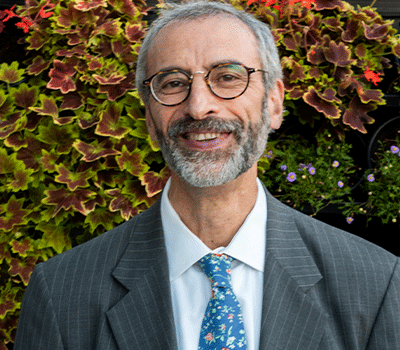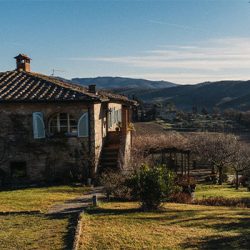You might remember your first taste of coffee, and thinking how adult it felt to have your own cup of a bitter black drink, something your parents mysteriously craved every morning. Or the first snifter of a peaty Islay Scotch whiskey, the one you put down after an exploratory sip. Some people’s tastes don’t change, but most people’s do, and wine can trigger or accelerate that change.

For centuries, the first taste of a great wine would often provide that trigger for a new wine drinker. Many of those wines came from places that had been classified based on their historical record of growing great wine. Then, the definition of greatness began to change. In 1976, the Judgment of Paris focused attention on ripe New World cabernet from young vines. And, in the 1990s, cult cabernets shifted the boundaries completely. Not to connect them in any way, but those cult cabernets happened to come along at a time when scientific voices became louder and more urgent about climate change, which has since had its own disruptive impact on great wine.
For most wine drinkers today, it’s impossible to be a climate-change denier, as many pillars of the wine world we came to know have crumbled. At reenactments of the 1976 Paris Tasting, it’s not a battle between ripe New World cabernets and their austere Bordelais cousins. It’s ripe against ripe, with the classic French vignerons working to hold their alcohol levels below 14 percent. Meanwhile, most of the classic great wines are unreachable for new (and most longtime) wine drinkers—the loss a casualty of global wealth disparities, another accelerating change.
It’s not hard to imagine how quickly the map of the wine world will change, a map many of us have doggedly sought to understand through our sense of smell, through the textures and flavors of wines that appear to have singular identities. Even if we cannot identify a wine exactly, it presents itself as irreproducible, a distinctive matrix that triggers our senses toward wonder and joy.
A warming climate has helped to genericize some—certainly not yet all—of the wines from historically great sites. Meanwhile, technology has enabled quality to be enhanced at vineyards and in cellars that do not necessarily have anything distinct to say in their wines. And as it becomes more challenging to tell these wines apart, we, at Wine & Spirits, believe it is also increasingly irrelevant. We set out to provide an alternative to tacit agreements about taste, whether they are fostered by fellow critics, or algorithms and crowd-sourced reviews. We seek to bring the same consideration and care to our tasting and reporting on wine as our favorite growers bring to the biodiversityof their land.
When we say a wine tastes of a place, we mean that it is not a simple presentation of perfectly ripe fruit, supple textures and vanilla scents from aging in finely crafted oak barrels. It is not overworked, and whatever work was done on its behalf was in service to the wine’s singular identity, rather than to a formula based on market-proven contemporary tastes.
Blind to producer and price, our tastings identify beautiful singularities, wherever those wines may grow. It takes conviction for our panels to agree that, yes, I would tell a friend to buy this wine, whatever it may be, and, sure, I would want to drink it with them. That said, our panelists and our editors are not interested in drinking generic wine. Outside of a few selections in our Best for $12 or Less, you won’t find it in these pages. They are filled, instead, with wines tied, indirectly or precisely, to the place where they grew. And many of them offer discoveries you will not soon forget.
In another change, this is the last issue with contributions from our long-time executive editor Tara Q. Thomas, who is moving on after 25 years. We wish her well in her new endeavors and will all miss her more than we can say. Tara helped rein in some of the more disruptive tendencies of our editors, but maybe it’s a good time for a little disruption. It’s always been an unstated goal of our tastings.
Joshua Greene is the editor and publisher of Wine & Spirits magazine.
This story appears in the print issue of Fall 2022.
Like what you read? Subscribe today.


















